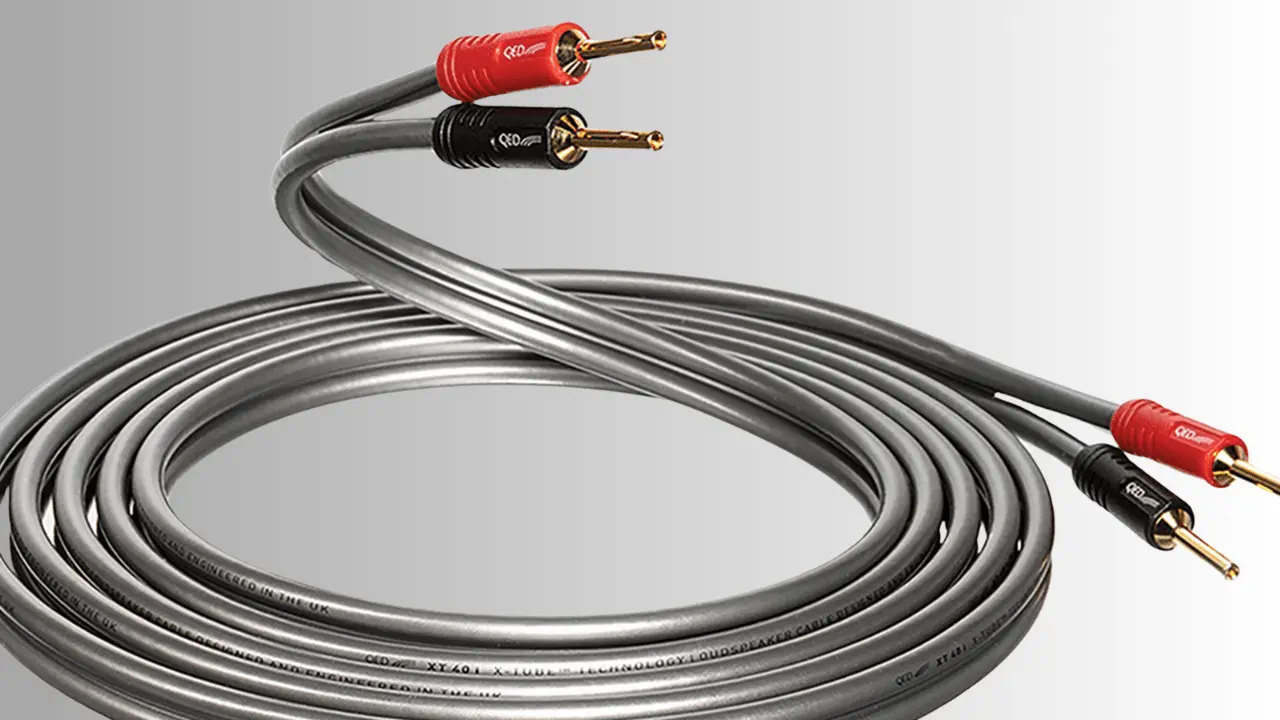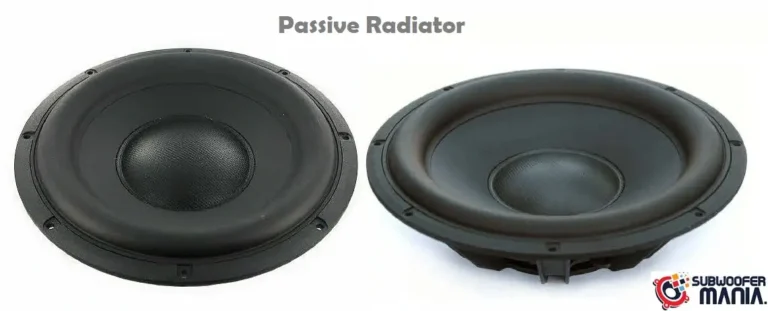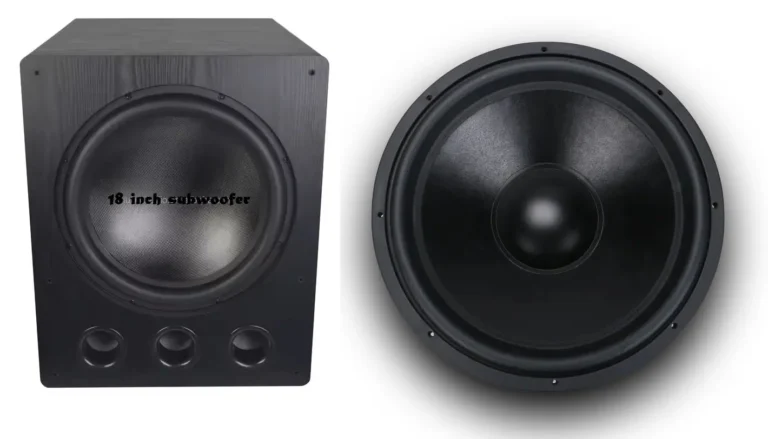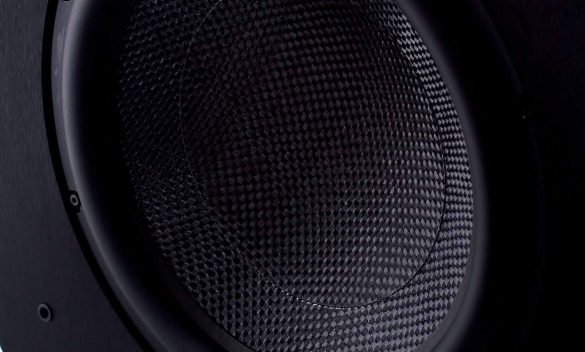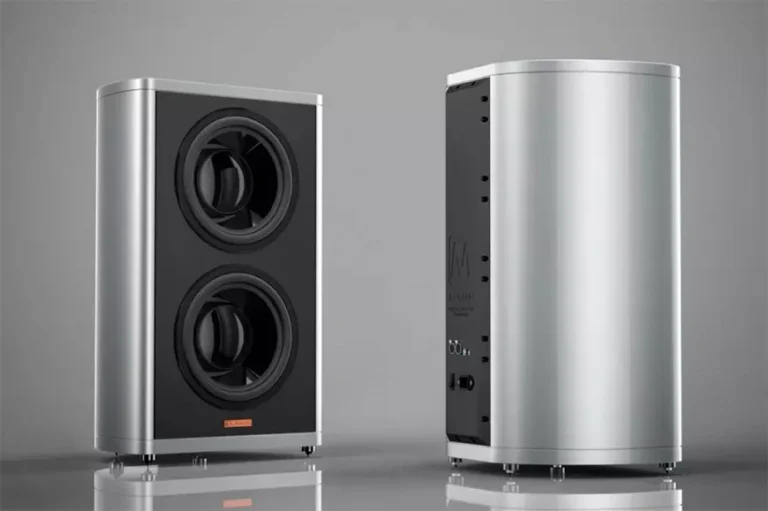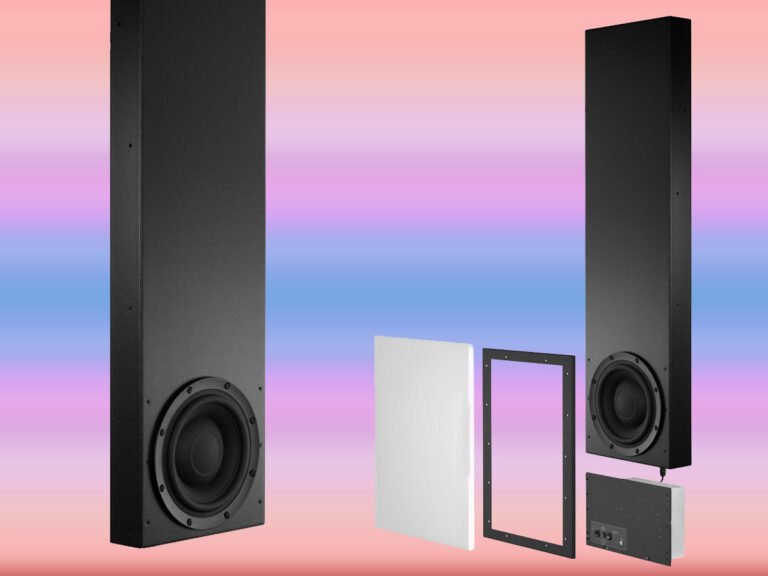Picking cables for your system’s setup can be one of the most daunting tasks in your entire audio apparatus. Indeed, speaker cables, though not having the attention they deserve while equipping your audio system, serve as the relationships between devices in any audio system. A high-quality speaker cable can distinguish the difference between average and brilliant sound, whilst a low-quality speaker cable might limit the versatility of even the most sophisticated audio gear.
Check Out: Magnat Omega CS-12
Understanding Speaker Cable Basics
Speaker cables operate by delivering audio from audio receivers or amplifiers to the speakers. As is obvious, the main job of the cable speaker is to ensure conveying of the signal is conveyed in the most streamlined and effective manner. The basic factors that influence a cable’s performance are:
Speaker Cable Gauge: Why It Matters
While buying speaker cables, the gauge or thickness should be one of the more prioritized aspects to bear in mind. The diameter is determined in American Wire Gauge (AWG); hence, the lower the number, the thicker the wire. Generally:
- 16-18 AWG is suitable for shorter runs (under 25 feet) and lower-power setups.
- 14-16 AWG works well for medium-length runs and average power demands.
- 12-14 AWG is recommended for long cable runs and high-power systems

You may like: Klipsch R-100SW: A Powerful 10
Types of Speaker Cable Materials
The material used in speaker cables affects the conductivity and, ultimately, the audio quality. Here are some popular choices:
- Copper: The most common material for speaker cables, copper offers excellent conductivity at an affordable price. Most standard cables are made from oxygen-free copper (OFC), which has reduced impurities and higher conductivity.
- Silver: Silver is a more conductive material than copper, which can result in clearer sound quality. However, silver is also much more expensive and is generally used in high-end audio setups.
- Copper-Clad Aluminum (CCA): A budget-friendly option, CCA cables use aluminum with a coating of copper. While cheaper, they are less conductive than pure copper, making them a less ideal choice for high-fidelity audio.
- Gold-Plated Connectors: Although not a material for the cable itself, gold-plated connectors are often used for durability, as gold doesn’t corrode as easily as other metals.
Also read: Is the Klipsch R-120SW the Best 12
Speaker Cable Connectors

Speaker cables can come with different types of connectors, which impact how easily they can be connected and how well they stay connected. Here are the main types:
- Bare Wire: Simple and effective, though more prone to oxidation and less durable for frequent connections and disconnections.
- Banana Plugs: Widely popular, banana plugs offer a secure connection that’s easy to plug and unplug.
- Spade Connectors: These are often used in high-end systems due to their firm fit and minimal contact resistance.
- Pin Connectors: Rarely used in home audio but found in some professional setups; these are best for specific binding post types.
Bi-Wiring and Bi-Amping
Some speakers support bi-wiring or bi-amping, which involves connecting two sets of speaker cables from your amplifier to each speaker.
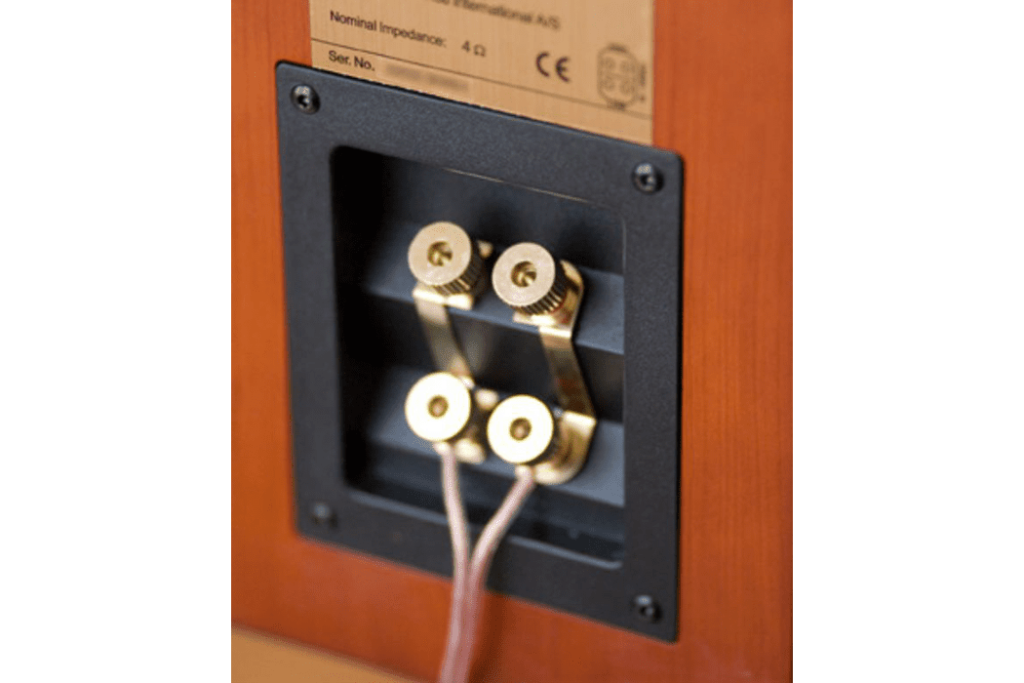
- Bi-Wiring: In bi-wiring, two sets of cables are run from the amplifier to the same speaker, each handling different frequency ranges (highs and lows). This can improve clarity, but is often debated in terms of impact on sound quality.
- Bi-Amping: Bi-amping requires two amplifiers for each speaker, with each amp powering either the high- or low-frequency drivers. This can lead to improved performance, but it requires additional equipment and setup.
Cable Length and Placement
Length and placement play a critical role in ensuring your cables perform optimally:
- Shorter is Better: As a general rule, try to keep cable lengths as short as possible to reduce resistance and signal loss.
- Symmetrical Lengths: Keep the left and right speaker cables at similar lengths to maintain signal consistency.
- Avoiding Interference: Place cables away from power lines and avoid coiling them, as this can lead to electromagnetic interference, affecting sound quality.
Do Expensive Cables Make a Difference?
Where are the audiophiles celebrating this? Does spending a fortune on speaker wires seem to improve output? While the intricacies of clarity and frequency response with quality materials have their perks, the tradeoff of cost is a concern. These are the best practices:
- Budget Systems: Using reasonably priced OFC copper cables in appropriate gauges.
- High-End Systems: The only beneficiaries are those who use high-endurance silver or copper cables possessing low resistance and quality connectors, because, with these, a difference may be observed.
Testing and Maintaining Speaker Cables
Maintaining speaker cables can help them last longer and continue delivering great sound. Here are some tips:
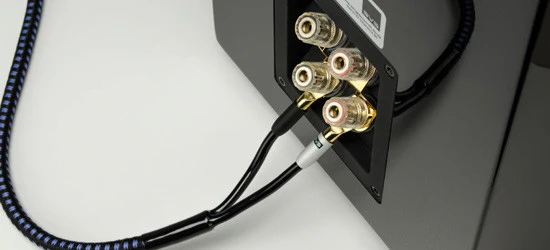
- Regular Cleaning: Dust and oxidation can accumulate over time, especially on connectors. Use a soft cloth and, if necessary, a specialized contact cleaner.
- Check for Damage: Regularly inspect cables for wear, especially around connectors, to avoid signal loss.
- Correct Positioning: Avoid stepping on cables, bending them excessively, or placing them in high-traffic areas.
Conclusion
Choosing the right cables for your speakers guarantees that every single detail of the audio is transmitted with precision, thereby helping you make the most of your audio system. Although skills and amplifiers may garner more attention compared to cables, giving thought to gauge, materials, and connectors while selecting a cable can enhance a person’s listening experience. Understanding the described details will allow casual listeners and audiophiles looking for high-fidelity speakers to make solid choices.
Specification for Speaker Cables Guide
1. Cable Gauge (AWG)
- Explanation: Describe what gauge means (e.g., American Wire Gauge or AWG), how lower numbers indicate thicker cables, and why this matters for signal flow.
- Recommendations:
- Short distances (<10 feet): 16 AWG or higher is generally sufficient.
- Moderate distances (10-25 feet): 14-16 AWG is ideal.
- Long distances (>25 feet): 12-14 AWG is better to minimize resistance.
2. Material Composition
- Copper: Explain why oxygen-free copper (OFC) is common for its balance of conductivity and price.
- Silver-Plated Copper: Mention its high conductivity for premium audio, but higher cost.
- Pure Silver: High conductivity, usually overkill, and primarily for audiophile-grade setups.
- Other Materials: Aluminum or copper-clad aluminum (CCA) for budget-friendly options (good for short, low-power runs).
3. Cable Construction
- Stranded vs. Solid Core: Explain how stranded cables offer more flexibility, which is better for home use, while solid cores are generally stiffer.
- Shielding: Good for environments with a lot of interference (especially for runs near power cables). Shielded cables may reduce noise, but aren’t typically necessary for most home setups.
4. Connectors
- Banana Plugs: Convenient for quick connections and typically recommended for high-end setups.
- Spade Connectors: Secure, often better for binding posts.
- Bare Wire: Common and inexpensive, but may need regular maintenance to avoid oxidation.
- Pin Connectors: Compatible with spring-clip terminals but not ideal for high-end systems.
5. Cable Length Considerations
- Longer cables can introduce resistance and signal loss, so ideally, use the shortest possible length.
- Tip: Include advice on coiling excess cable and avoiding overly long runs unless necessary.
6. Resistance, Capacitance, and Inductance
- Resistance: Explain that lower resistance means better signal transmission and clarity. Higher resistance in thinner cables or longer runs can affect sound quality.
- Capacitance and Inductance: These can impact frequency response, though the effect is usually minor in well-designed cables. It may be useful for high-end audio setups to choose low-capacitance cables for the best clarity.
7. Bi-Wiring and Bi-Amping Options
- Explain these features for users with compatible speakers. Mention how bi-wiring uses separate cables for high and low frequencies, while bi-amping involves separate amplifiers, which can enhance performance but require compatible gear.
8. Insulation and Jacket Material
- PVC: Common and affordable, but can become brittle over time.
- Rubber and TPE: More durable and flexible, good for frequent use.
- Nylon Braid: Aesthetic appeal and adds durability, often for audiophile-grade cables.
9. Budget vs. Performance
- Outline how premium cables can improve audio in very high-end setups, but for most systems, mid-range, well-constructed cables deliver good value.
- Tips on price-to-performance, highlighting that cables over a certain price may not provide an audible difference for most listeners.
10. Brand and Warranty
- Recommend reputable brands with solid warranties to ensure quality and longevity.
- Highlight the value of return policies in case of audio issues or compatibility problems.

